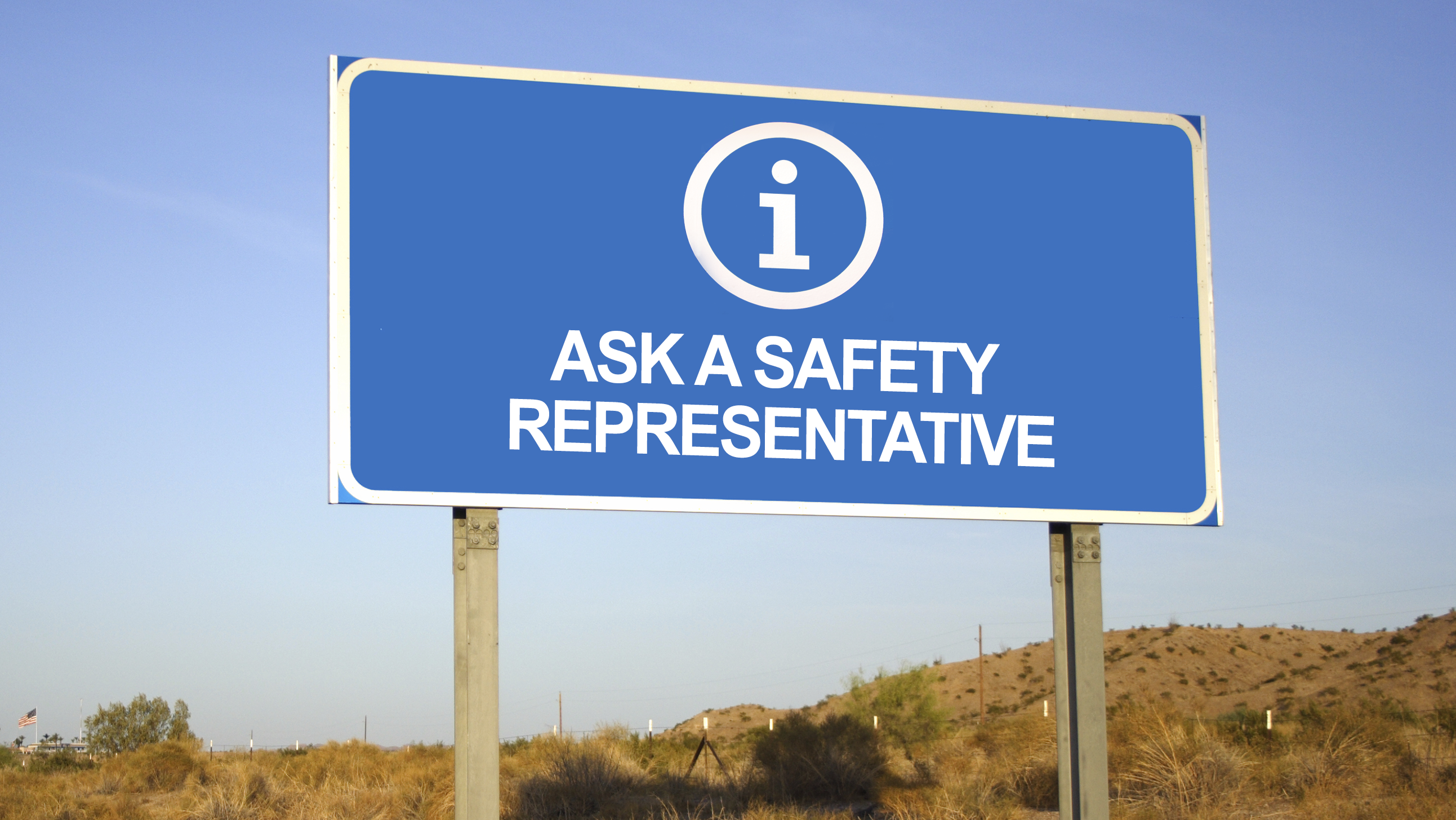Are You Ready? The Time Is Now – Actual Implementation of ELDs

Specific areas of concern for most drivers can be logging the day, on duty/off duty status, roadside inspections, what will the driver need, and what to do in case of an audit. See below for some more information on all of these concerns. This is meant to be a summary of information contained in the rule. Be sure to review the rule and seek any legal advice from counsel. This material contains suggestions, and companies should find an approach that fits their unique operations best.
As the day progresses, the device will merge the automatically-collected data and the driver entries to create the electronic logging device (ELD) record for the day - the log. The record for each 24-hour period must be certified and submitted by the driver. Much like paper logs, the system can allow the driver to provide one certification for all of the off-duty days in the case of multiple days off.
To deal with yard movements and personal use, the Final Rule includes two special driving categories. The categories are:
- Personal use: to be used when the driver is using the commercial vehicle as a personal vehicle to commute to a purely personal destination. The driving will be recorded by the device as off-duty time.
- Yard time: to be used when the driver is operating the vehicle off the public roadway. The driving is captured as on-duty time and does not count toward the driver’s driving limit.
During a roadside inspection, the driver will need to be able to present a device or printout showing the current day and the previous seven days to the officer. The final rule provides two general methods for doing this:
- Telemetric method: electronically transfer data to an authorized safety official on demand via wireless web services and email
- Local transfer method: transfer data to an authorized safety official on demand via USB 2.0 and Bluetooth
Once the officer’s computer has received the data, it will be imported into a program called eRODS. This program will take the data, display it using the standard grid-graph display, and complete an automatic audit of the information.
Whenever the vehicle is in operation, the driver must have with him/her:
- Records for the current day and the previous seven days in the ELD
- A user’s manual
- An instruction sheet on data transfer during roadside inspections
- An instruction sheet detailing malfunctions and actions to take in case of certain malfunctions
- A supply of blank paper logs (at least eight days) to be used if the device fails
If the device fails, the driver will need to manually log the current day and reconstruct the previous seven days, or have records provided by the carrier showing the previous seven days.
Important activities to undertake after the change to ELDs has been implemented are monitoring and tracking the processes and results. Monitoring and tracking are done to make sure the change is producing the desired results. Activities that will need to be monitored include:
- The system itself. Is it being used as intended and accomplishing your goals?
- The reports the system is generating. Are the reports actually providing you with actionable information?
- Error rates. Are you seeing significant or repetitive error rates?
- Violation rate. Are hours-of-service violations dropping?
- Calls for assistance/technical support. Are support calls decreasing over time?
Most of the issues you will deal with will involve errors. One component of this phase is making sure the drivers and supervisors know whom to contact if there are questions or concerns. As part of the reinforcement process, you will want to conduct follow-up training with employees, showing problems with the system or with compliance. Celebrating success stories publicly can help with acceptance, which is especially important during the reinforcement period.
One of the largest components of effective safety control with hours-of-service is log auditing. Managing hours-of-service compliance at a carrier needs to be an active management activity. Many carriers have problems in this area. Over 34,000 violations were due to a false report of a driver’s record of duty status. How does an auditor usually find log falsification? Violations are found by comparing the supporting documents to the drivers’ logs. Log auditing establishes procedures that support a policy that logs will be true and correct.
A supporting document is defined in the Final Rule as a document in any medium generated or received by a motor carrier in the normal course of business that can be used as produced or with additional identifying information by the motor carrier and enforcement officials to verify the accuracy of a driver’s record of duty status. Here are the five categories of supporting documents the carrier must retain and have available during an audit:
- Shipment paperwork (bills of lading, shipment invoices, delivery receipts, etc.)
- Dispatch and trip records or the equivalent documents
- Expense receipts related to any on duty not-driving time (such as fuel receipts, lumper receipts, etc.)
- Electronic mobile communication/tracking system records
- Payroll and settlement records or equivalent documents that indicate payment to a driver
The regulation requires that the carrier retain up to eight of the documents that match the list above for each 24-hour period. All records from the company’s communication/tracking system for the 24-hour period count as only one document. If fewer than eight documents are available, time can be missing and the document would still be considered a supporting document. The eight must include the first and last for the 24-hour period. If the carrier/driver generates fewer than eight, he/she will need to retain all that are generated.
Only two types of operations are specifically exempted by the mandate from the supporting document provisions:
- Short-haul drivers as defined by the exceptions
- Drivers for a private motor carrier of passengers (non-business), also called non-business PMCP
Under the Final Rule, drivers are allowed to enter missing information and make some edits to the records. Supervisors can request edits, but all supervisor edits must be approved by the driver. This was put into the rule to address the harassment issue and to reduce the chances of supervisors forcing drivers to drive - by changing the driver’s hours in the back office to “create” available hours - when they are actually out of hours. All edits must include an explanation of why the change was made. The system must also indicate which user made the change. If an edit is made, the record in the system must include the original record, the updated record, and the details of the change.
Once the record is submitted, the carrier must maintain a copy of the record, including the original, any changes, and any comments, for six months. The carrier must also maintain a backup copy of all records. The backup records must be stored separately.
The information in this article is provided as a courtesy of Great West Casualty Company and is part of the Value-Driven® Company program. Value-Driven Company was created to help educate and inform insureds so they can make better decisions, build a culture that values safety, and manage risk more effectively. To see what additional resources Great West Casualty Company can provide for its insureds, please contact your Safety Representative, or click below to find an agent.
© Copyright Great West Casualty Company 2017. The material in this publication is the property of Great West Casualty Company unless otherwise noted and may not be reproduced without its written consent by any person other than a current insured of Great West Casualty Company for business purposes. Insured should attribute use as follows: “Used with permission by Great West Casualty Company.”
This material is intended to be a broad overview of the subject matter and is provided for informational purposes only. Great West Casualty Company does not provide legal advice to its insureds, nor does it advise insureds on employment-related issues. Therefore, the subject matter is not intended to serve as legal or employment advice for any issue(s) that may arise in the operations of its insureds. Legal advice should always be sought from the insured’s legal counsel. Great West Casualty Company shall have neither liability nor responsibility to any person or entity with respect to any loss, action, or inaction alleged to be caused directly or indirectly as a result of the information contained herein.




